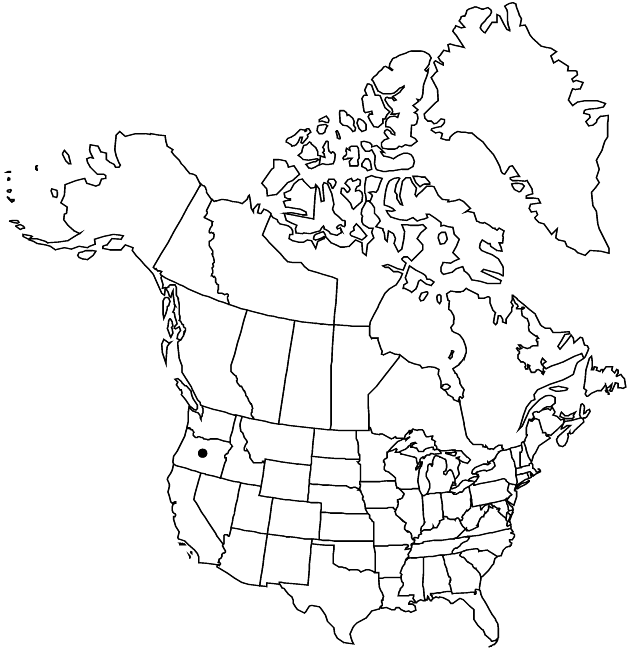Erigeron decumbens
Trans. Amer. Philos. Soc., n. s. 7: 309. 1840.
Perennials, 5–60 cm (colonial); taprooted, caudex branches rhizomelike plants. Stems (often purplish) erect or decumbent at bases, sparsely strigillose (basal-cells inclined, hairs even-width), eglandular. Leaves basal (often withering by flowering) and cauline; basal blades linear to narrowly oblanceolate, 50–120 (–180) × 3–6 (–11) mm, cauline 3-nerved, gradually reduced distally, margins entire, faces hirtellous, eglandular. Heads (1–) 2–5 (–18) borne singly or in loosely corymbiform arrays. Involucres (4.5–) 5–6 × 9–12 mm. Phyllaries in 2–3 (–4) series (linear-lanceolate, apices linear-acuminate), sparsely to moderately villous, eglandular. Ray-florets 26–57; corollas white to bluish, sometimes drying pinkish to pale blue, 7–12 mm, laminae not coiling or reflexing. Disc corollas 3–3.5 mm. Cypselae 1.2–1.6 mm, 2-nerved, faces sparsely strigose; pappi: outer of setae, inner of (6–) 12–16 bristles.
Phenology: Flowering May–Jul.
Habitat: Heavy soils in seasonally wet or dry upland prairie grasslands
Elevation: 100–300 m
Discussion
Of conservation concern.
Erigeron decumbens is in the Center for Plant Conservation’s National Collection of Endangered Plants.
Selected References
None.
